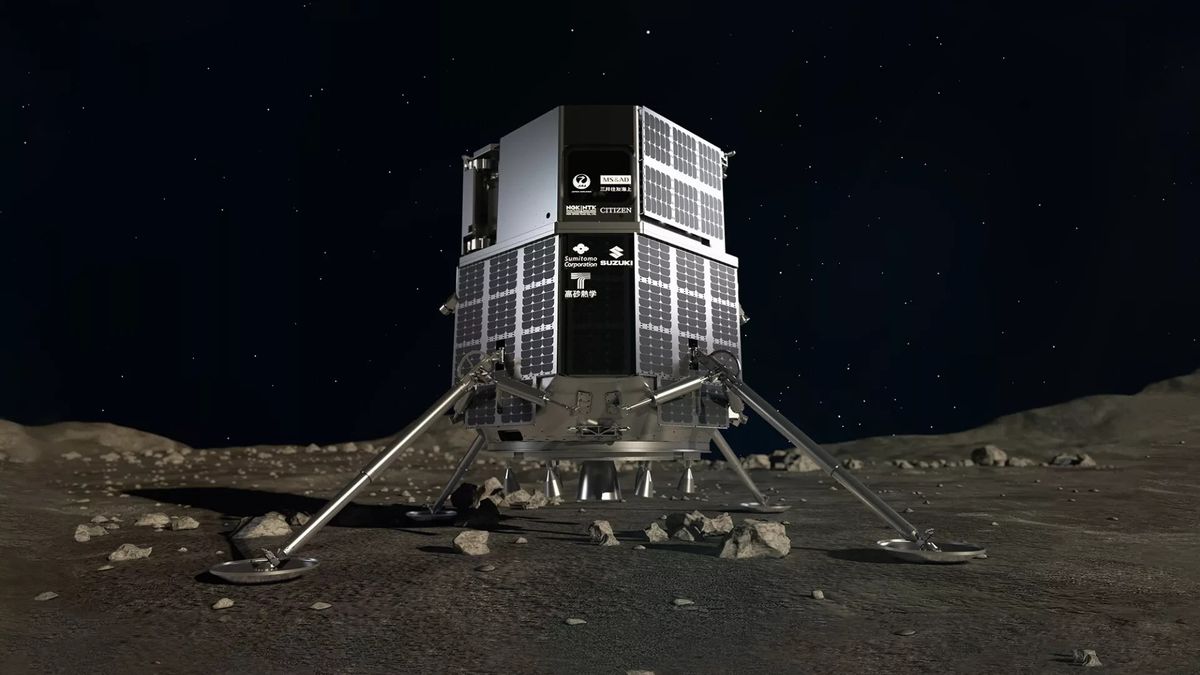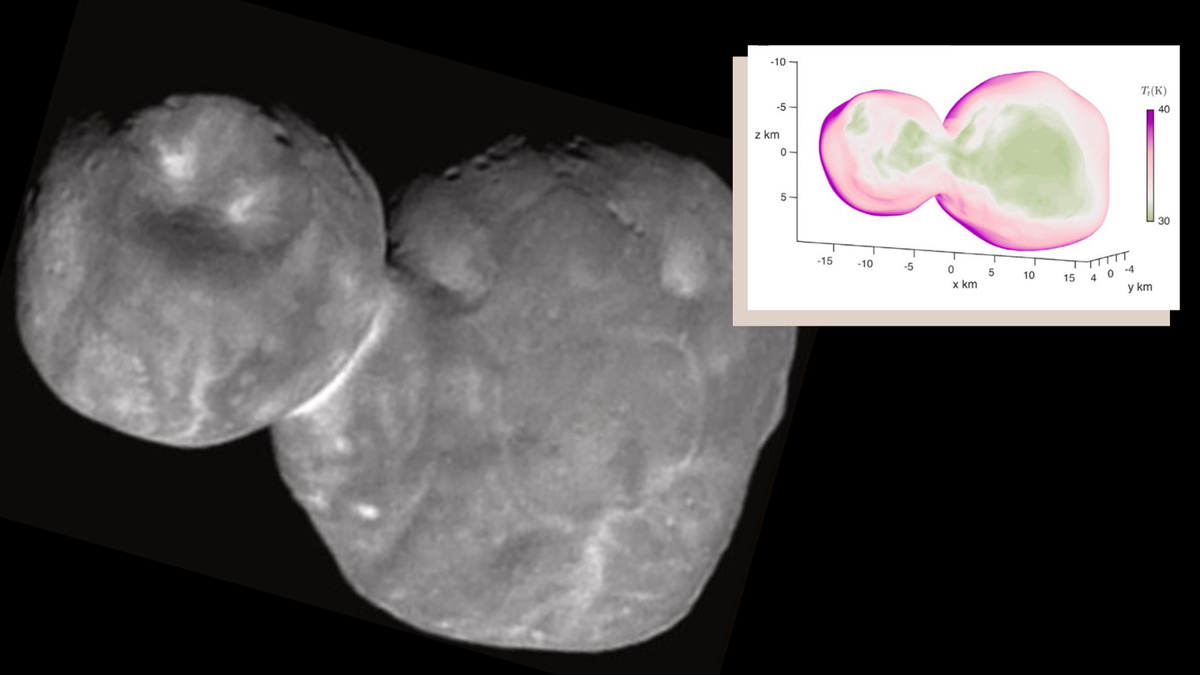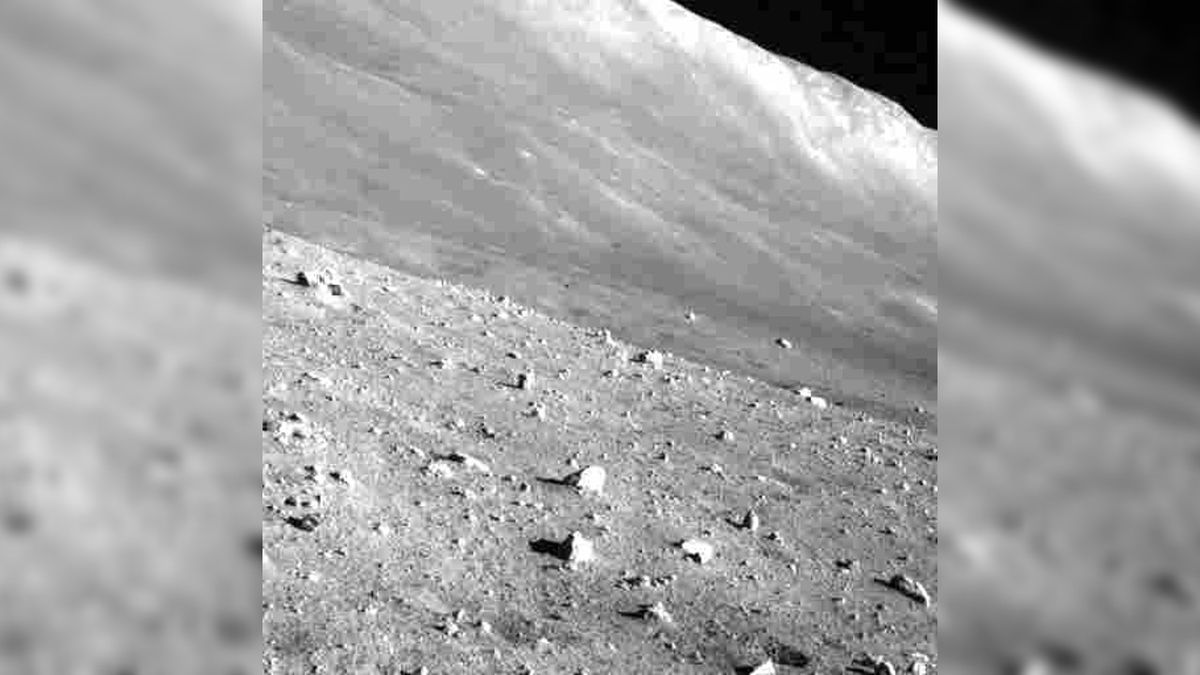Preserving Humanity’s Languages and Culture on the Moon
Human history has been marked by our continuous efforts to preserve our cultural heritage for future generations. From ancient monuments to written records, we have strived to ensure that our languages and traditions are not lost to the sands of time. Now, a new chapter in this endeavor is about to unfold, as ispace, a Japanese lunar exploration company, collaborates with the United Nations Educational, Scientific and Cultural Organization (UNESCO) to safeguard a part of humanity’s essence on the moon.
A Mission of Significance
The upcoming Hakuto-R Mission 2 aims to deliver a “memory disk” developed by UNESCO to the lunar surface. This disk will house 275 languages and various cultural artifacts, serving as a symbolic representation of our collective identity. The inclusion of these languages in the UNESCO Constitution’s Preamble underscores the fundamental role that linguistic diversity and cultural heritage play in fostering global unity.
Julien Lamamy, CEO of ispace-Europe, expressed his gratitude for the opportunity to contribute to UNESCO’s lunar mission. The Hakuto-R Mission 2 is poised to launch in late 2024, carrying with it the hopes of preserving a piece of our humanity beyond the confines of Earth.
Advancements in Lunar Exploration
ispace’s previous lunar lander, Hakuto-R, faced a setback during its landing attempt in April 2023. Undeterred, the company is forging ahead with Hakuto-R Mission 2, set to launch in winter 2024. This mission will not only deliver the UNESCO memory disk but also include a micro moon rover for enhanced exploration capabilities.
Looking towards the future, ispace is actively developing Mission 3, scheduled for a 2026 launch. This mission will feature NASA-built scientific payloads as part of the Commercial Lunar Payload Services program. The Apex 1.0 lunar lander, with a substantial payload capacity, promises to broaden our understanding of the lunar surface and pave the way for further exploration.
Conclusion
As we embark on this journey to the moon, we are reminded of the enduring significance of our languages and cultures. By extending our reach beyond Earth, we are not only preserving our past but also laying the foundation for a more connected and enriched future. The collaboration between ispace and UNESCO represents a beacon of hope for generations to come, ensuring that the essence of humanity endures in the vast expanse of space.
Image/Photo credit: source url





